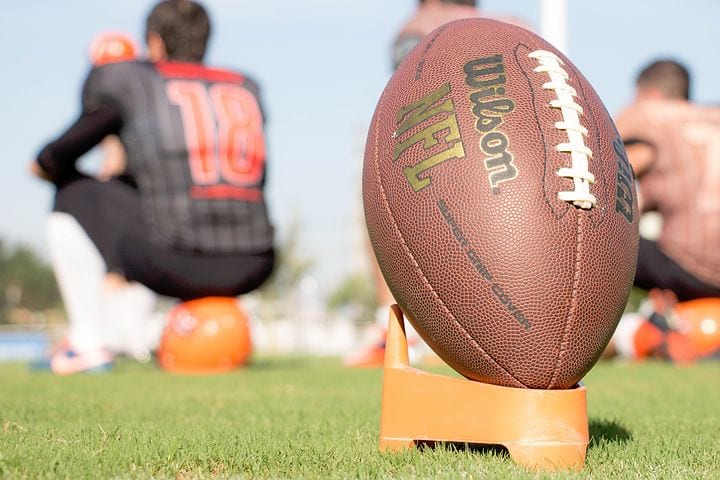It’s playoff season for the NFL and the Super Bowl is quickly creeping up on us. However, no matter what team you’re pulling for during the conference championships, there should be one thing that we all agree on: nobody is talking enough about Chronic Traumatic Encephalopathy (CTE).
Chronic Traumatic Encephalopathy is a degenerative brain disease that is a result of brain damage caused by trauma. Those who have CTE experience increased levels of aggression and depression, trouble thinking and with memory, confusion and eventual dementia. Symptoms can manifest in an athlete as early as their late 20s or 30s. Links to the disease have become increasingly common among military veterans and athletes — especially those in the NFL who have a history of repeated head trauma.
We’ve heard about CTE before, most recently in November, when The Washington Post reported that the worst recorded case of CTE was found in Aaron Hernandez, former Patriots player who was arrested for murder and committed suicide. Later that same month, NBC reported that researchers had confirmed that they’d found diagnosable signs of CTE in Fred McNeill, former linebacker for the Minnesota Vikings, before he died.
In July of 2017, the NFL responded to a study conducted by Boston University that revealed that 110 of 111 brains of former NFL players, including hall of famer Ken Stabler, had CTE after being examined post mortem, saying that they were dedicated to its research and that they made 47 rule changes since 2002 to protect their players. This is interesting, considering that Hernandez didn’t begin his professional career until 2010. Since presumably Hernandez played football for years before joining the NFL, it’s likely that trauma sustained while playing with his team wasn’t the only cause of his CTE. However, it’s worth mentioning — particularly since the NFL has an odd way of “supporting research.”
According to ESPN, the NFL created the “Play smart, Play safe” initiative in 2016 after being caught trying to influence a CTE study by the National Institute of Health. The initiative pledges to donate $100 million to concussion research. However, the only project being funded by the NFL that deals with CTE has nothing to do with football, but with an equestrian team in London. It seems like the league is trying to do everything they can not to contribute to the CTE research that could really help their players and shed light on the disease.This makes sense since current research is showing that repeated head trauma, a central and arguably essential component to the entire NFL business, is the leading cause of CTE. Nonetheless, not funding research into a a disease that is destroying the lives of players is ethically incorrect.
Earlier in the season, many advocated to boycott the NFL because players were taking a knee during the national anthem. While I support anyone’s right to boycott, I’d argue that there’s a better reason to boycott the league — if you’re really looking for one. The NFL isn’t really doing all it can for CTE research, despite the fact that their players really need it.


